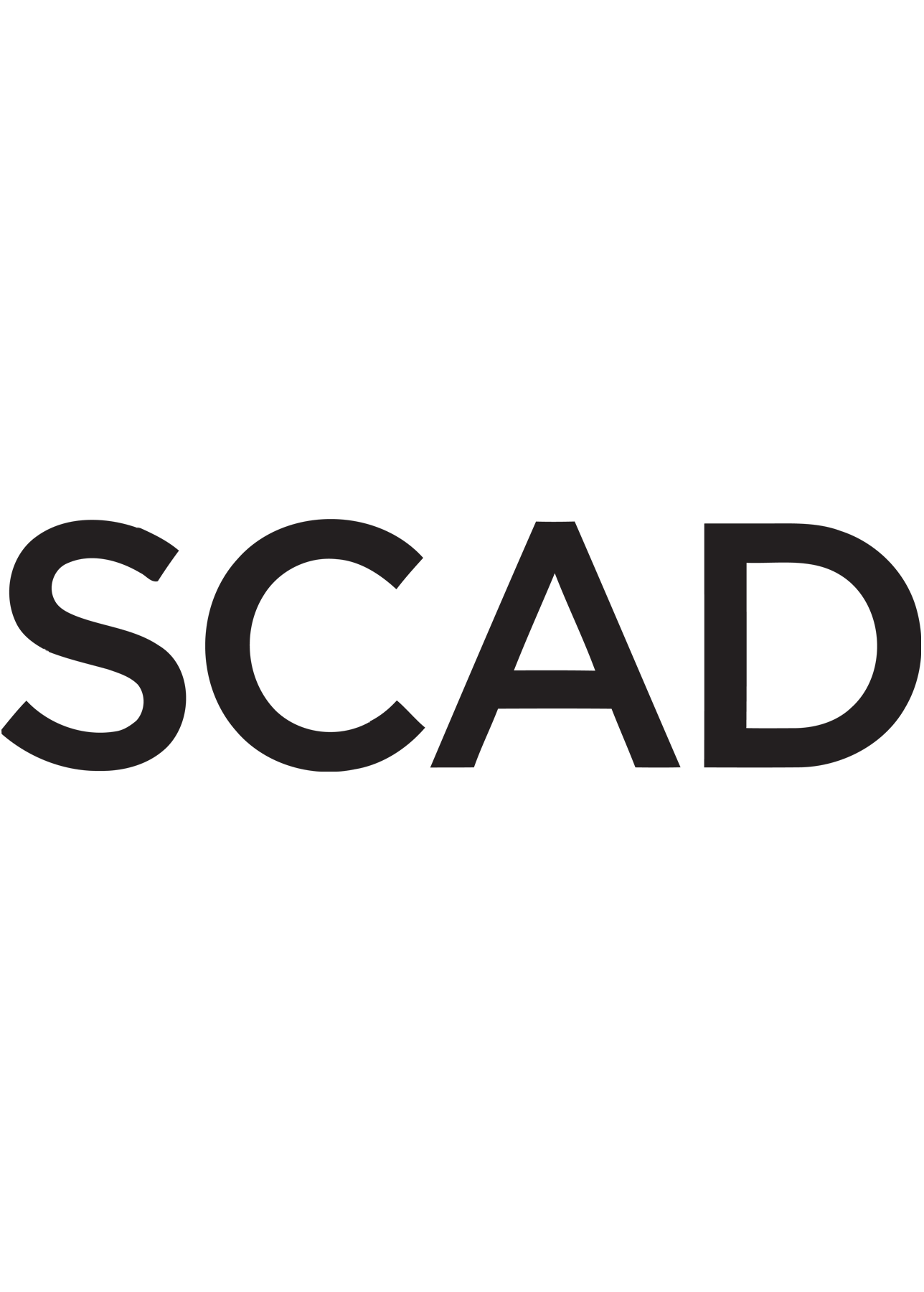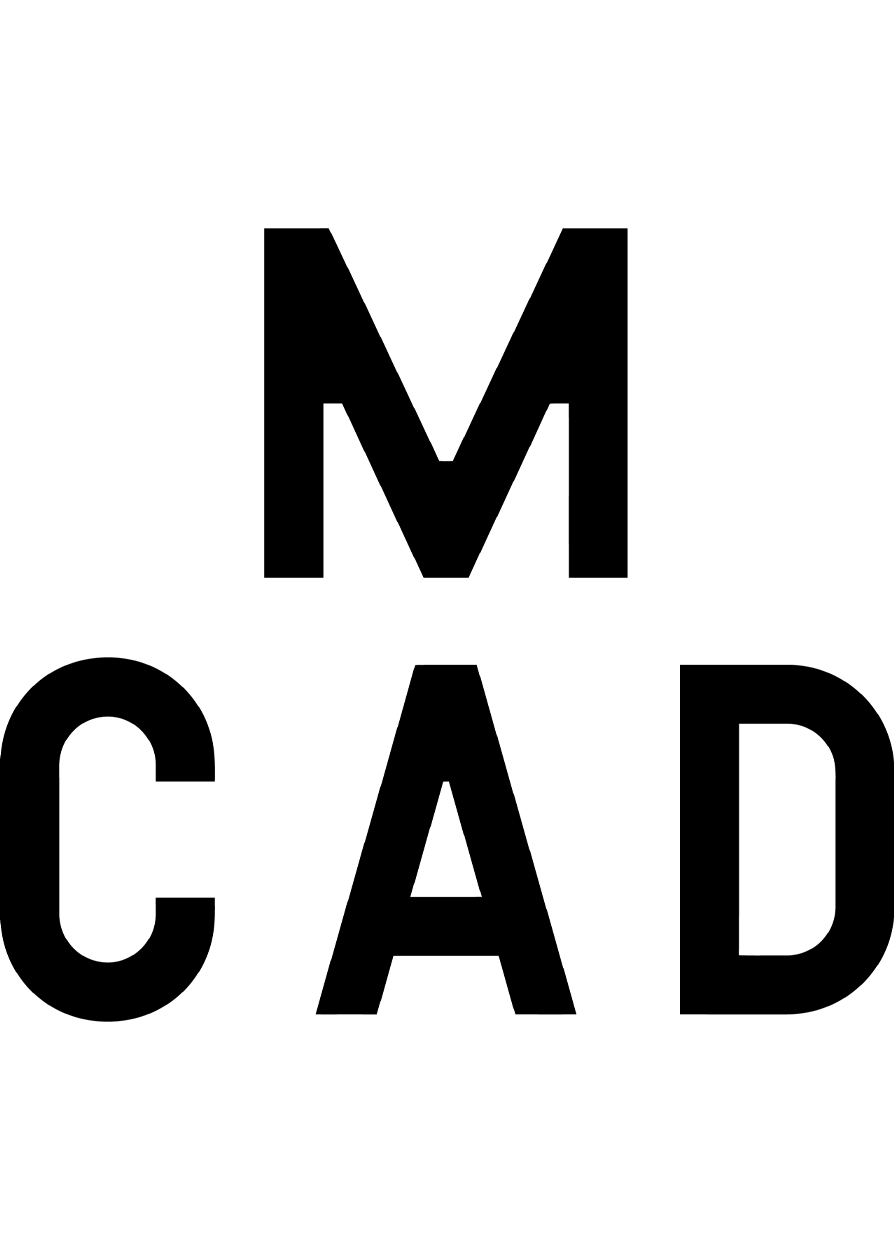How to Choose an Online Master’s in Graphic Design Program
Choose your area of study
Students should consider whether they want a Master of Arts (MA) or Master of Fine Arts (MFA) in graphic design. MFA programs focus on honing students’ artistic abilities and expanding their portfolios. Students who want a broader range of courses in areas relevant to graphic design may want to explore an MA program.
Also, some programs will allow you to select a concentration and focus your studies on a particular niche in this field, such as editorial design, marketing, or motion graphics. If you already know what you would like to do after you graduate, look for programs that closely match these career goals.
Research schools and programs
You should only apply to institutions that have been approved by a DOE-recognized regional accrediting organization, such as the New England Commission of Higher Education or Northwest Commission on Colleges and Universities. These organizations evaluate schools to ensure they provide students with a high-quality education. Those who attend a school that isn’t regionally accredited may be unable to access financial aid or transfer credits to another institution if needed.
Ideally, your master’s in graphic design program will also be accredited by a respected industry group like the National Association of Schools of Art and Design (NASAD). This programmatic accrediting organization has particularly high standards for art education.
When researching programs, you should also look for answers to the following questions:
- Can you afford the cost of the program? What scholarships and financial aid are available?
- What networking opportunities are available?
- Who are the faculty, and what are their qualifications?
- Does the program require hands-on experience, like an internship?
- What are the program’s retention, graduation, and job placement rates?
To learn more about any schools that you’re interested in, you can visit the school’s website, contact an admissions counselor, follow the school on social media, or attend an in-person or virtual open house.
Prepare for tests and applications
Get a headstart on the many other applicants by reviewing the program deadlines and application requirements and staying organized with a checklist.
Application requirements vary by school and program. Many programs require a minimum GPA of 3.0 or higher, a resume, letters of recommendation, official transcripts, and a personal statement that explains to admissions officers why you desire a master’s in graphic design and your career goals. Your resume should accentuate your graphic design experience and applicable certifications.
Some schools may require GRE scores, although for art degrees it’s more common for students to submit a portfolio of recent graphic design work. Contact the school’s admissions office to confirm you have the most accurate information regarding application requirements and deadlines.
Select your program
Some students may only apply to one or two programs based on their specific interests or needs, while others submit several applications to increase the odds of acceptance. Students applying to multiple programs should remember that most schools charge application fees and budget accordingly.
Before making your final decision, review your needs and goals again. Do you plan to attend school full-time or part-time? Do you want your program to be as online as possible, or are you fine with a hybrid program that has a fair amount of in-person requirements? Some programs offer asynchronous courses, which can be completed at your own pace, while others only offer synchronous courses, which involve remotely attending lectures and completing assignments at the same time as other students — which of these two online learning formats do you prefer? Your school should accommodate your scheduling needs and learning preferences.
Determine how you’ll pay for your degree
Fill out the Free Application for Federal Student Aid (FAFSA) to determine your eligibility for need-based aid like federal work-study, state and federal grants, institutional scholarships, and federal loans. You can also research merit-based scholarships and grants from professional development organizations, non-profits, community and religious groups, and more.
Students who will be working while enrolled in an online master’s in graphic design program should find out if their employer offers tuition assistance benefits. Veterans and active military service members should find out if the school offers military discounts and accepts GI Bill benefits.
Any questions about financial aid, student loans, and tuition should be directed to the school’s financial aid office.
What Can You Expect from an Online Master’s in Graphic Design Program?
Curricula are unique in individual programs with similar skills found in all. Expect a program to require 60 credit hours over two years. If you didn’t major in graphic design for your bachelor’s, some schools offer three-year programs.
The majority of programs concentrating on practical skills training give MFA degrees. MA degrees are popular at some schools, and you might encounter Master of Design (MDes) programs. Decide on which degree will help you achieve your goals. Teaching graphic design at the college level requires a program focusing on writing and research.
Students passionate about communication and messaging should also consider online master’s in digital marketing programs, as this may be a better fit for your personal interests and professional goals.
Potential courses you’ll take in an online master’s in graphic design degree program
- Brand Development. This course addresses the role of graphic design in advertising products and services. Class activities involve analyzing well-known brand development samples. Students create graphics for new products.
- Design Integration. Students discover new ways to implement design in projects while critiquing classmates. This is usually a first-year course.
- Publication Design. This course covers artwork in book layouts, typography, artwork, magazines, and other periodicals. Students study visual storytelling principles and apply them to their creative work.
- Design Research. Graphic designers learn about new technologies and peer collaboration. Research methods and the most current design tools are emphasized.
- Interactive Design. Students learn how to improve websites and web applications through interface design, interactive technologies, and advanced visual theories.
What Can You Do With an Online Master’s in Graphic Design?
Career outlook
The career outlook for graphic designers with a master’s degree is promising, fueled by the increasing demand for innovative and visually appealing content across various industries and in a broad range of media. An online master’s degree in graphic design provides opportunities to specialize in various design areas and assume leadership positions within the industry. Here are a few examples of career paths open to an individual with a master’s degree in graphic design:
- Graphic designer — Create graphics such as logos, charts, and illustrations.
- Median annual salary: $58,910
- Projected employment growth (through 2032): 3%
- New job openings projected: 22,800 annually
- Art director — Oversee the visual style of newspapers, magazines, product packaging, and other projects.
- Median annual salary: $106,500
- Projected employment growth (through 2032): 6%
- New job openings projected: 13,800 annually
- Web developer or digital designer — Create and test websites, web applications, and user interfaces.
- Median annual salary: $92,750
- Projected employment growth (through 2032): 16%
- New job openings projected: 19,000 annually
Online Master’s in Graphic Design Degree Frequently Asked Questions
How do I apply to an online master’s in graphic design degree program?
The first step is to confirm all application requirements and deadlines with the school’s admissions office. They can also advise students on how to submit their application and supplemental materials. Most schools now accept applications through their websites, although some may want hard copies of transcripts.
If you’re applying to multiple schools, stay organized with a spreadsheet or checklist. This can help ensure you submit all required application materials by the deadline.
How much does an online master’s in graphic design degree cost?
This will vary based on factors unique to the student and the school. The National Center for Education Statistics (NCES) reports that the average annual tuition for graduate programs is $28,017 at private institutions and $12,596 at public universities.
Students should also consider additional costs like school fees for technical support, online classroom technology, and student support services, as well as upgrades to their own hardware and internet service.
How long does it take to earn an online master’s in graphic design degree?
This primarily depends on how many credits the program requires and whether students are enrolled full-time or part-time. For example, a full-time student can usually complete a 30-credit program within two years, while a part-time student might take three or more years to finish. Meanwhile, students who want to finish in as little time as possible could seek out an accelerated program, which condenses coursework into a shorter timetable.
Is an online master's in graphic design worth it?
An online master’s degree in graphic design enhances your design skills and opens doors to diverse career opportunities within the field. With the growing importance of visual communication in the digital age, graphic designers play a pivotal role in creating impactful and engaging visual content across various industries. Graphic designers with a master’s degree are likely candidates for leadership positions that offer highly competitive salaries.
Master’s-level education offers advanced coursework and projects that allow for specialization in areas like branding, digital design, or illustration. It also encourages creative exploration and experimentation, expanding design skills and enabling the creation of a robust portfolio of work.
Online programs offer increased flexibility, making them an excellent choice for adult learners who may have other personal or professional commitments. There are also opportunities in an online program to develop a network of peers, faculty, and industry professionals across the country through internships or other networking possibilities.
Read More about Online Master’s in Graphic Design Degrees




